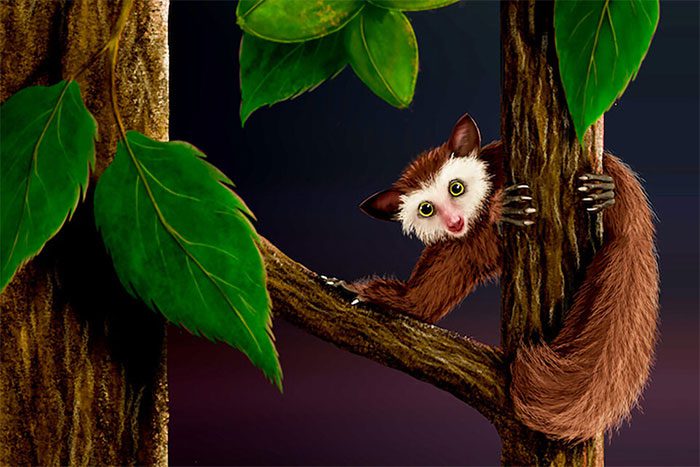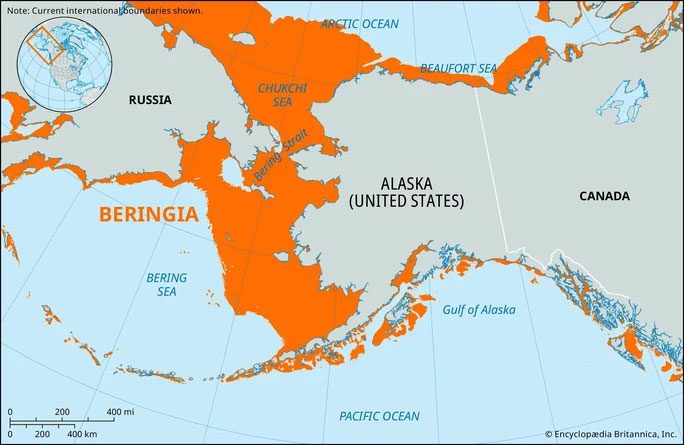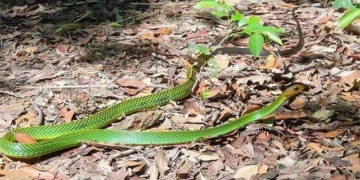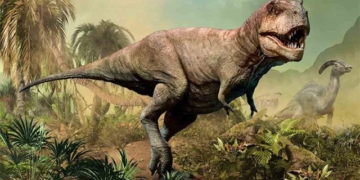The fossil of a mysterious species in the United States has “intruded” unusually into our primate family tree, which may be related to another enigmatic species previously discovered in China.
Researcher Kathleen Rust from the Biodiversity Institute and Natural History Museum at the University of Kansas, along with her colleagues, has reanalyzed the fossil of a mysterious primate species known since the 1960s, named Ekgmowechashala.
“Due to its unique morphology and its sparse representation through dental remains, its position on the evolutionary tree of mammals has become a controversial topic,” the researchers wrote in the scientific journal Journal of Human Evolution.

“Imaginary portrait of the distant relative Ekgmowechashala – (Photo: UNIVERSITY OF KANSAS).
This creature appeared to have “fallen from the sky,” surfacing abruptly in the fossil record of the Great Plains over 4 million years after the mass extinction event that wiped out all primate species in North America 34 million years ago.
Scientists only know that it belongs to the order Primates, a vast group of animals that includes monkeys, apes, and even humans.
However, what to call this “distant relative,” and which branch it belongs to in the primate family tree… remains a puzzle.
In the new study, the authors analyzed the morphology and attempted to link Ekgmowechashala to the primate lineage Palaeohodites in China.
Palaeohodites was first discovered by Professor Chris Beard of the University of Kansas from the Nadu formation in the Baise area (Guangxi, China) in the 1990s.
Two specimens exhibited similar traits, leading American scientists to suspect a close relationship.
According to Sci-News, the new analysis supports the hypothesis that Palaeohodites and Ekgmowechashala are closely related. However, this also leads to another dead end, as Palaeohodites itself is shrouded in mystery.
Nonetheless, it provides a clearer understanding of Ekgmowechashala, debunking the theory that it is a descendant of an older primate species that survived the extinction event in North America and evolved to adapt.
The connection with the strange creature from China suggests that the ancestors of Ekgmowechashala may have preceded humans by thousands of years, crossing the “land bridge” of Beringia and becoming some of the first primates to explore the Americas.

The hypothetical Beringia land bridge (in orange) that once connected Russia and the US, was the route taken by our ancestors and many other animals from Asia to America – (Photo: BRITANNICA).
Beringia is the name given by scientists to a hypothetical land area that once connected the Americas and the Eurasian continent, existing tens of thousands of years ago, now submerged.
This hypothesis also explains how Ekgmowechashala “fell from the sky,” suddenly appearing in the fossil record in North America without the presence of any native ancestral species.




















































